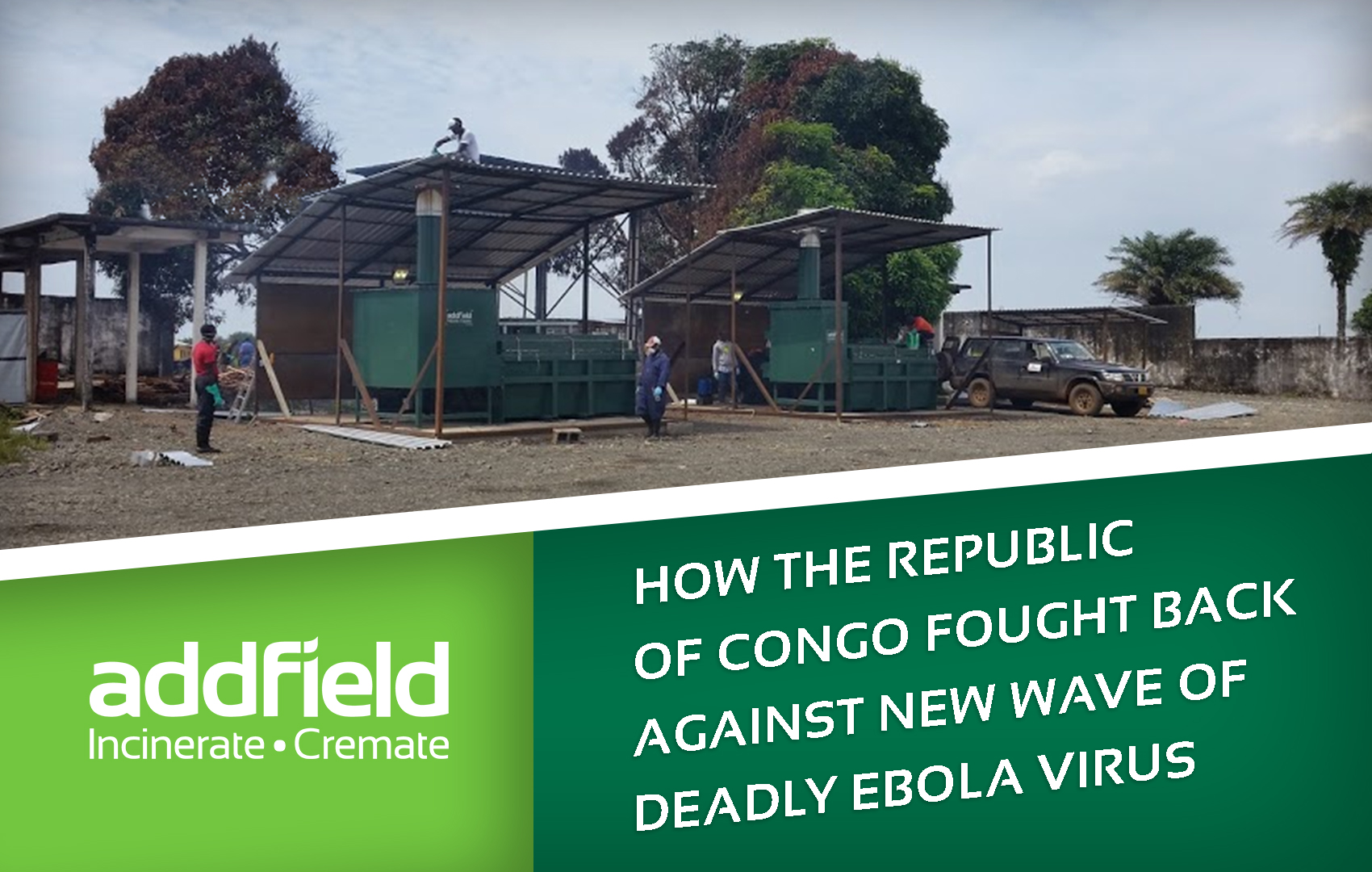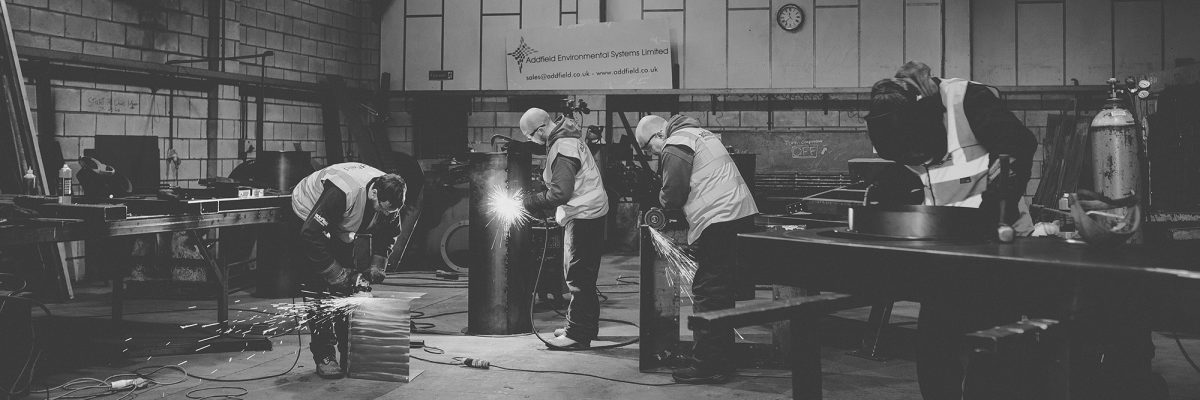
11/05/18
The return of Ebola
In early May one of the most dangerous viruses in recent years made a return in the Democratic Republic of Congo with 17 confirmed deaths. Ebola Virus Disease (EVD) has not been reported since the last major outbreak in 2014 which killed thousands across West Africa.
What is Ebola?
Ebola is a highly contagious virus which often leads to fatalities in humans.
Ebola is a form of the Filoviridae genus Ebolavirus and the impact can vary by strain, with the generally fatal Ebola-Zaire which has a mortality rate of up to 90 percent, through to Ebola-Reston which has so far never resulted in any human fatalities.
There is not a vaccine commonly available to protect against Ebola, although trials have been in progress with some vaccines coming very close to delivering effective results.
How do you catch Ebola?
Ebola is not an airborne virus, it is spread through direct contact with bodily fluids of a person who is infected or who has died of the disease. Following contact, the virus can get in through broken skin and mucous membranes found in the eyes, nose or mouth. As a result of this, you can catch Ebola through sexual contact with an infected person.
The virus can also be spread through contact with blood, bodily fluids, and the tissue of infected fruit bats and primates.
Due to the nature of the infection, it is often spread rapidly within families and close communities to the carers who look after the patients.
How do I know if I have Ebola
Ebola has an incubation period of between 2-21 days when symptoms currently present themselves, with the majority of people showing signs at the 8-10 days point.
Symptoms include:
Fever, Headaches, Joint and Muscle Aches, general weakness, diarrhea and vomiting, stomach pain and a general lack of appetite.
Prevention is the key to treating Ebola
While Ebola carries many risks to those treating the disease risks can be reduced by wearing suitable protective clothing, the implementation of control measures which includes complete sterilisation and disinfecting of all equipment which can be reused, alongside complete appropriate destruction of any infected products and waste.
The safest way to ensure complete destruction of waste is through high-quality incineration with suitable machinery such as the Addfield range of medical waste incinerators.
The incineration solution to preventing the spread of Ebola
Addfield have previous experience in working with world aid agencies including Doctors Without Borders (Médecins Sans Frontières) and the World Food Programme in Guinea, in the treatment and prevention of Ebola alongside other viruses including Zika.
Supplying a range of Medical Waste incinerators including the GM range of high capacity incinerators alongside our Medical Pathological incineration MP range for smaller clinical installations.
Our machines can be adapted to be operated with automatic loading, for an almost hands-free operation drastically reducing the risks to the operatives from prolonged contact with contaminated waste.
By processing the waste through the primary and secondary chamber at temperatures in excess of 1100°C you can safely destroy all pathogens and helps to protect from and reduce the risks of spreading the disease further.
Adding the option of a Venturi Flue Gas Scrubber provides additional levels of protection to the environment at large.
Further Reading:
Addfield supports the fight against Ebola in Africa – Case Study
Incurable Ebola returns to Africa – Sky News
Ebola New Outbreak in the Democratic Republic of the Congo – The Independent
About Ebola Disease Virus – Centre for Disease Control and Prevention
- British Designed.
British Built. - World leaders in
incineration technology. - Unrivalled build quality
& machine longevity. - Distributed to more
than 140 countries. - Environmentally
Responsible. - Trusted partner with
40 years experience.



